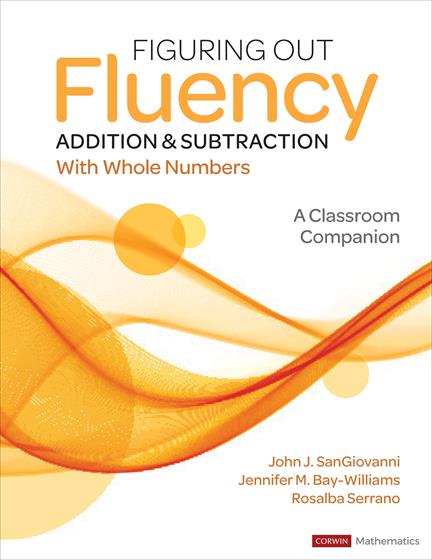Hands-on, Practical Guidance for Educators
From math,
literacy, science, equity, multilingual learners, and SEL, to assessment, school counseling,
and education leadership, our books are research-based and authored by experts
on topics most relevant to what educators are facing today.

Bestseller!
Figuring Out Fluency - Addition and Subtraction With Whole Numbers
A Classroom Companion
Give each and every student the knowledge and power to become skilled and confident mathematical thinkers and doers.
Product Details
- Grade Level: PreK-12
- ISBN: 9781071825099
- Published By: Corwin
- Series: Corwin Mathematics Series
- Year: 2021
- Page Count: 192
- Publication date: August 18, 2021
Review Copies
This book is not available as a review copy.



